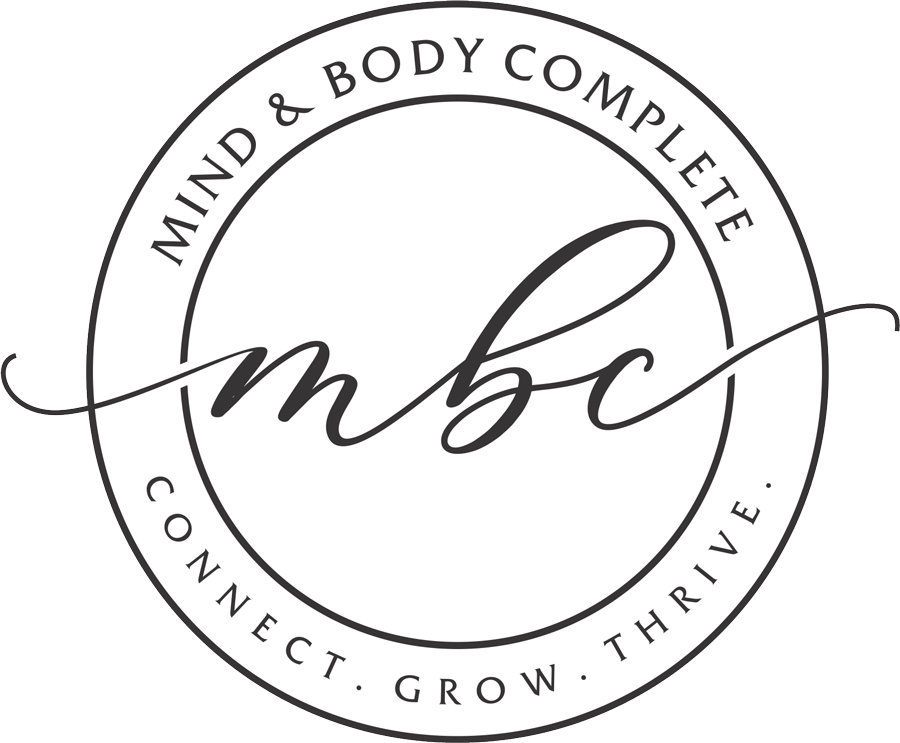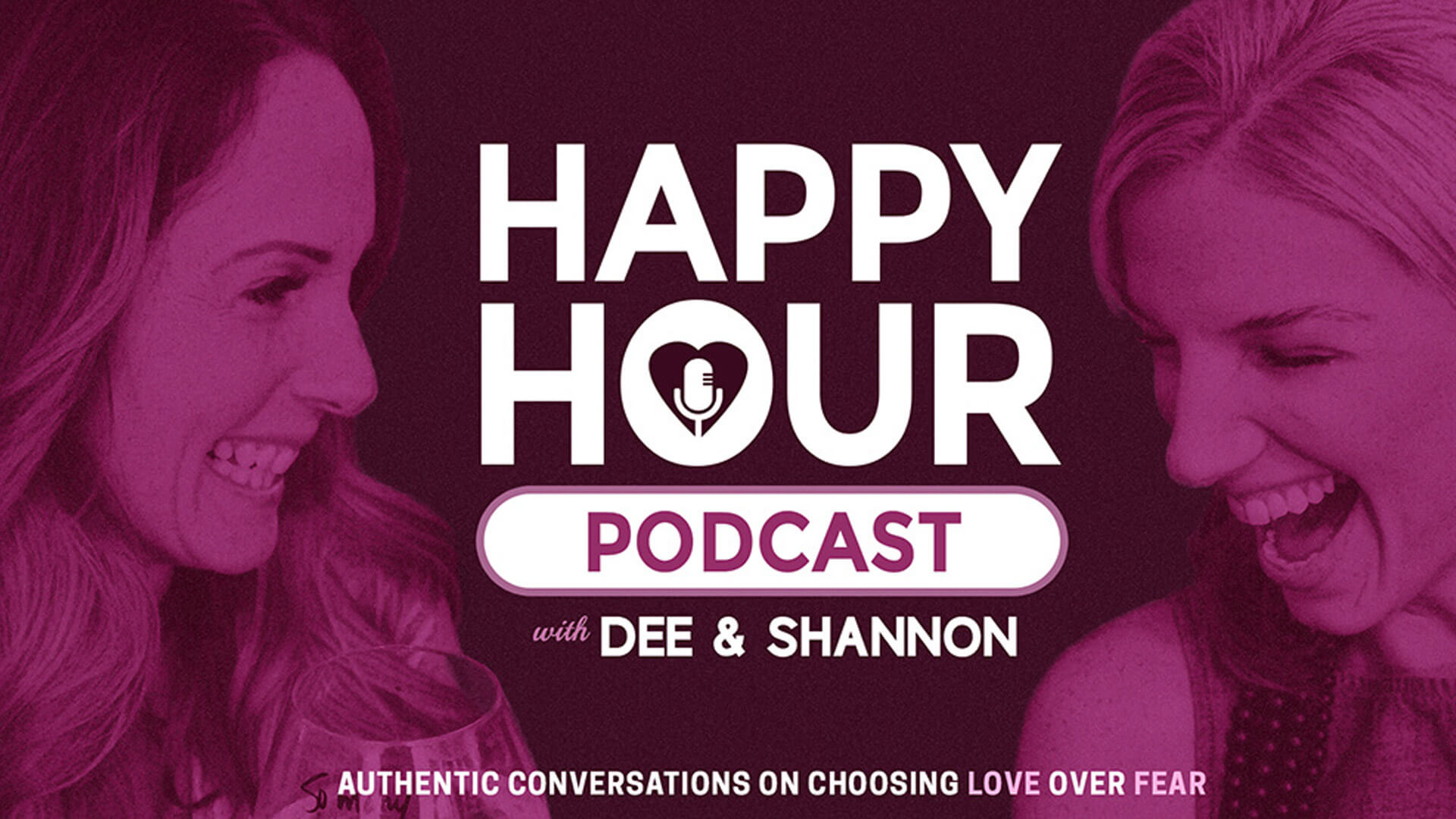How to restructure your thoughts
Our thoughts are not our identity. Our thoughts can be changed. But frequently negative thoughts hijack our life. Many people let these thoughts take over their identity, their daily experiences, their joy — all without embracing the basic premise that we have the ability to change our thoughts. This blog post is perfect if you, or someone you know, is wondering…
- How to get out of a “funk”
- How to deal with anxiety or depression
- How to retrain negative thoughts
On this week’s podcast (see below for show link), Dee shared a favorite quote from inspirational speaker Louise Hay (author of the 1984 pseudo-spiritual book You Can Heal Your Life). She says, “The only thing we are ever dealing with is a thought, and a thought can be changed.” No matter what seems to be your problem, consider that the root of the problem could come from the underlying thought.
Right before recording this podcast episode, Dee and I were venting for a bit. At my house, we’ve been going on 5 months without a kitchen, and that wears on me sometimes! But I can flip those negative thoughts to have gratitude for the fact that we’ve eaten every day. And when the renovation is done, we will have a beautiful kitchen. But flipping negative thoughts isn’t always as simple as finding the silver lining, so I want to share with you a deeper process.
Dr. Daniel Amen is a psychiatrist and brain researcher who uses a specific type of brain scan in his work. Well received by the public audience with a best-selling book Change Your Brain, Change Your Life, but controversial in the psychiatric profession, he suggests a useful process for reframing negative thoughts.
Let’s see it in action. For example, a lot of us have had the thought, “I’ve tried everything, and I’m never going to get in shape and lose weight.”
Step 1: Dr. Amen recommends writing the thought down. Actually write it down. Yes, just do it. Writing it down may feel silly! Writing it down may even force you to realize how awful the thought really is.
Step 2: By writing it, you force yourself to examine it: “Is this thought really true?” On our show, Dee really opened up and said these thoughts struggling with body image occur to her. In the case of this example, realize that you are not a fortune teller. You cannot factually say that you will never lose weight. You can’t 100% say that something wouldn’t change in your future or circumstances.
Step 3: Then, answer the question, “How does it make you feel to have these thoughts?” Many times the thoughts of insecurity or not being enough come up.
Step 4: Next, consider this: “Will these thoughts keep you from living your best life?” If so, Why? Why will it hold you back?
Step 5: Finally, analyze this: “What would the opposite thought look like?” “What would it feel like to think the opposite way?”
By putting in this process, you are rewriting your story and your belief. You are exercising these beliefs out of your system. Even just keeping these questions on your phone, you can remind yourself of this by pulling up that memo on your phone each time you have a negative thought. The process of journaling helps immediately to release the tension and anxiety around the negative thought. You may have those thoughts again, as they are a pattern that took time to establish, but you can reverse them.
Dee recommended another podcast, Intentional Beings (she said it was a little trippy!). Basically, they discussed how reality is always relative. For instance, you could say “I weigh 250 lbs today.” That is a fact … (for today). But the thought “I am overweight” is a belief. It’s relative. Here’s another example: “I don’t have enough money” is an opinion. “I made $100 this week” is fact (for now).
Physical and financial limitations are the most prevalent beliefs in our life. Almost everywhere we go involves some sort of financial exchange (like using gas, or buying food). And everywhere we go does includes our physical body! Negative thoughts in these areas are common. As we work to shift these negative views, it’s okay if your self talk isn’t an immediate reversal. Using positive affirmations may not be effective. If you’re thinking “I hate my stretch marks”, you may not be able to look in a mirror and say “I love my stretch marks.” That might feel more like lying to yourself, and clearly that’s not effective.
You could even just revisit that last step of the process when the negative thoughts reoccur. Focus on the positive outcomes: What would it look like if you did love your body? What would that feel like? Would you feel more sexy or daring or outgoing?
Einstein wrote, “The most important question you can ever ask is whether or not we live in a friendly universe.” The Abraham Hicks brand (from Law of Attraction) notes that the question is worded positively. It’s “friendly” universe. He could have said, “The most important question you can ever ask is whether or not we live in a hostile universe.” That’s why it’s important to end the process with the question, “What would my life look like without this negative thought?” By thinking about the confidence, harmony or joy you’d have, that is what your thought is left to dwell on.
What are the limiting thoughts you’re facing? And most importantly, what would your life look like without those thoughts? Share in the comments and let us know your journey!
More info on:
Today’s Sponsor:
Listen to the whole show here:







